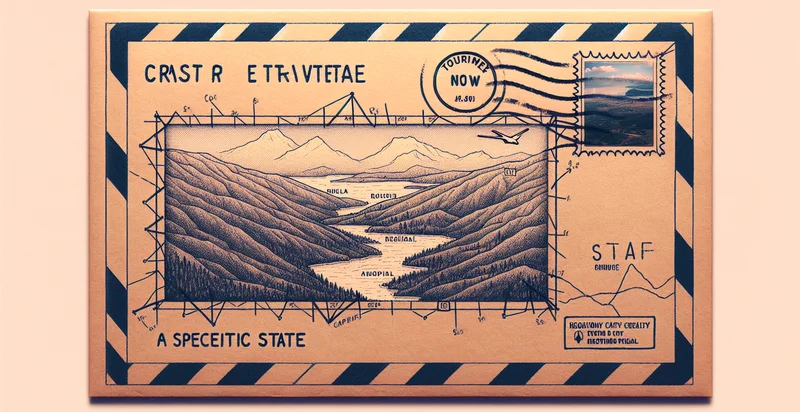Identify what state a letter is going to
using AI
Below is a free classifier to identify what state a letter is going to. Just input your text, and our AI will predict what state a letter is going to - in just seconds.

Contact us for API access
Or, use Nyckel to build highly-accurate custom classifiers in just minutes. No PhD required.
Get started
import nyckel
credentials = nyckel.Credentials("YOUR_CLIENT_ID", "YOUR_CLIENT_SECRET")
nyckel.invoke("what-state-a-letter-is-going-to", "your_text_here", credentials)
fetch('https://www.nyckel.com/v1/functions/what-state-a-letter-is-going-to/invoke', {
method: 'POST',
headers: {
'Authorization': 'Bearer ' + 'YOUR_BEARER_TOKEN',
'Content-Type': 'application/json',
},
body: JSON.stringify(
{"data": "your_text_here"}
)
})
.then(response => response.json())
.then(data => console.log(data));
curl -X POST \
-H "Content-Type: application/json" \
-H "Authorization: Bearer YOUR_BEARER_TOKEN" \
-d '{"data": "your_text_here"}' \
https://www.nyckel.com/v1/functions/what-state-a-letter-is-going-to/invoke
How this classifier works
To start, input the text that you'd like analyzed. Our AI tool will then predict what state a letter is going to.
This pretrained text model uses a Nyckel-created dataset and has 50 labels, including Alabama, Alaska, Arizona, Arkansas, California, Colorado, Connecticut, Delaware, Florida and Georgia.
We'll also show a confidence score (the higher the number, the more confident the AI model is around what state a letter is going to).
Whether you're just curious or building what state a letter is going to detection into your application, we hope our classifier proves helpful.
Related Classifiers
Need to identify what state a letter is going to at scale?
Get API or Zapier access to this classifier for free. It's perfect for:
- Mail Sorting Automation: This function can be used to automate the sorting of outgoing letters based on their destination state. By classifying each letter automatically, it reduces human error and increases efficiency in mail processing facilities.
- Shipping Cost Estimation: Businesses can utilize this functionality to determine the state of a letter for accurate shipping cost calculations. By identifying the destination, logistics companies can provide precise quotes and optimize their pricing structures.
- Personalized Marketing Campaigns: Marketers can use this classification method to tailor their campaigns based on the recipient’s state. For example, they can focus on local promotions, state-specific regulations, or seasonal offers that resonate with customers in a particular area.
- Fraud Detection: Financial institutions can implement this function as part of a broader fraud detection strategy. By identifying discrepancies between the declared state of a letter and expected patterns, they can flag potentially fraudulent activities for further investigation.
- Regional Compliance Tracking: Companies can leverage this identifier to ensure that their correspondence meets regional compliance regulations. By knowing the destination state, businesses can adapt their communication and documentation to comply with local laws and standards.
- Data Analysis for Geographic Trends: Analysts can use this classification function to understand geographic trends in correspondence. By aggregating data on where letters are sent, businesses can identify market opportunities or assess regional performance.
- Customs and Legal Documentation: This function can assist companies in preparing accurate customs documentation for letters being sent to different states. By ensuring that all necessary legal language is included based on the destination, it helps streamline cross-state communications and reduce delays.


